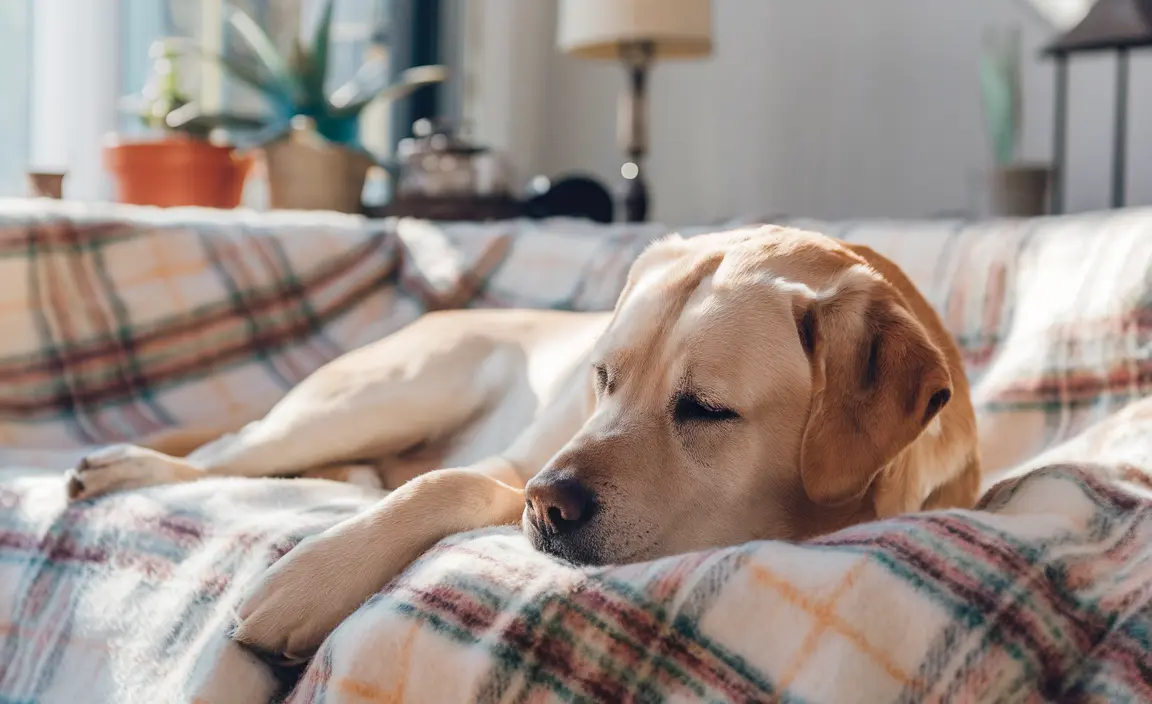Experiencing your female dog's first heat cycle can be a challenging and confusing time for many pet owners. This natural biological process brings significant changes to your dog's behavior, physical condition, and overall well-being. Understanding how to navigate this important phase is crucial for both your dog's comfort and your household's harmony.
In this comprehensive guide, we'll walk you through everything you need to know about managing your dog's first heat cycle with confidence and compassion.
Understanding the First Heat Cycle in Dogs
A dog's first heat cycle typically occurs between 6 and 8 months of age, marking an important milestone in her reproductive development. This cycle consists of four distinct stages:
- Proestrus: Initial stage with bleeding and behavioral changes
- Estrus: Peak fertility period
- Diestrus: Post-fertile stage
- Anestrus: Inactive period between cycles
Recognizing the Signs of Heat
Identifying your dog's heat cycle early can help you provide better care. Key signs include:
- Swollen vulva
- Slight bloody discharge
- Increased restlessness
- Changes in behavior
- Heightened attention from male dogs
Providing Comfort During the Heat Cycle
Create a Calm and Supportive Environment
Your dog will need extra care and attention during her first heat cycle. Here are some strategies to help her feel comfortable:
- Spend more time cuddling and offering gentle brushing
- Use anxiety-reducing treats or calming toys
- Maintain a quiet, peaceful home atmosphere
- Provide a special, cozy resting area with her favorite blanket
Managing Physical Discomfort
The heat cycle can be physically challenging for your dog. Help her stay comfortable by:
- Using washable or disposable dog diapers
- Keeping baby wipes and cleaning supplies nearby
- Ensuring constant access to fresh water
- Engaging in gentle play and mental stimulation
Safety Precautions During Heat
Preventing Unwanted Mating
During the heat cycle, your dog will be extremely attractive to male dogs. Implement these safety measures:
- Never leave her unsupervised outdoors
- Use double barriers like gates or crates
- Keep her on a leash during walks
- Avoid dog parks and public areas with other dogs
- Separate her from unneutered male dogs
Managing Hygiene and Mess
The heat cycle involves some messy challenges. Stay prepared by:
- Using doggie diapers consistently
- Cleaning her living areas frequently
- Protecting furniture with washable covers
- Maintaining a patient and understanding attitude
Frequently Asked Questions
What are the first signs that my dog is going into heat for the first time?
Look for vulva swelling, slight bloody discharge, increased restlessness, and behavioral changes. Some dogs might become more clingy or seem more anxious during this time.
How can I keep my dog comfortable and stress-free during her heat cycle?
Provide extra attention, create a calm environment, use comfortable bedding, offer gentle physical contact, and use calming aids like soft music or anxiety-reducing treats.
What are the best ways to manage messy bleeding and discharge?
Use specially designed dog diapers, keep cleaning supplies handy, protect furniture with washable covers, and maintain a consistent cleaning routine.
How do I prevent unwanted mating when my dog is in heat?
Keep her indoors, use secure barriers, always supervise outdoor time, keep her on a leash during walks, and separate her from male dogs.
Should I consider spaying my dog before her first heat cycle, and what are the benefits?
Consult your veterinarian about early spaying. Benefits can include reduced risk of certain cancers and elimination of heat cycle complications, but timing depends on your dog's specific health needs.
Remember, every dog is unique. Patience, understanding, and professional veterinary guidance are key to navigating your dog's first heat cycle successfully.






